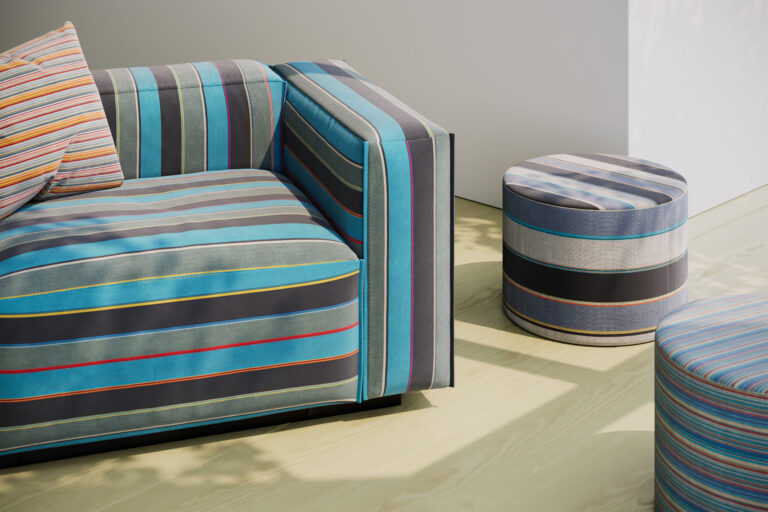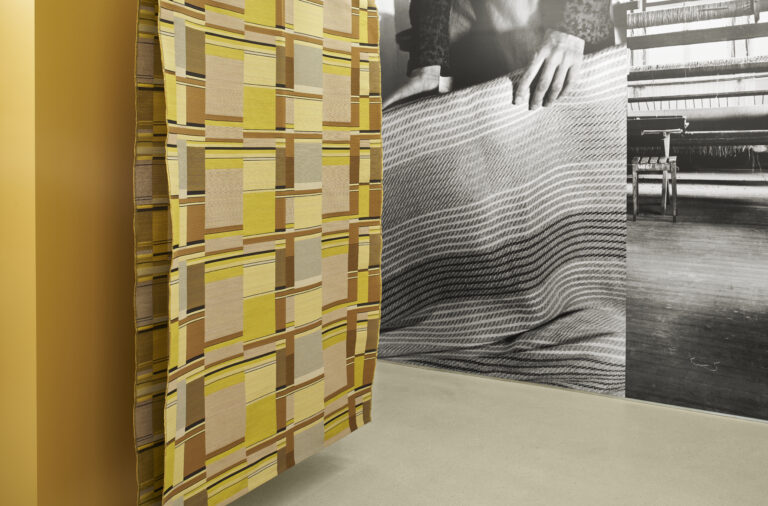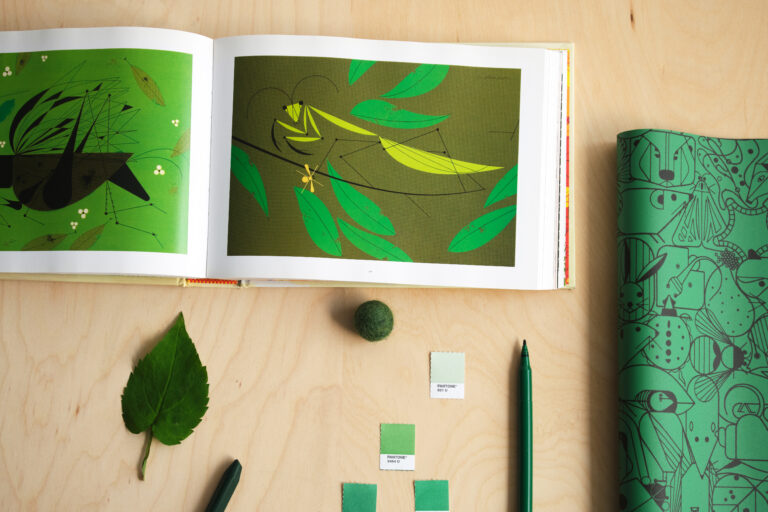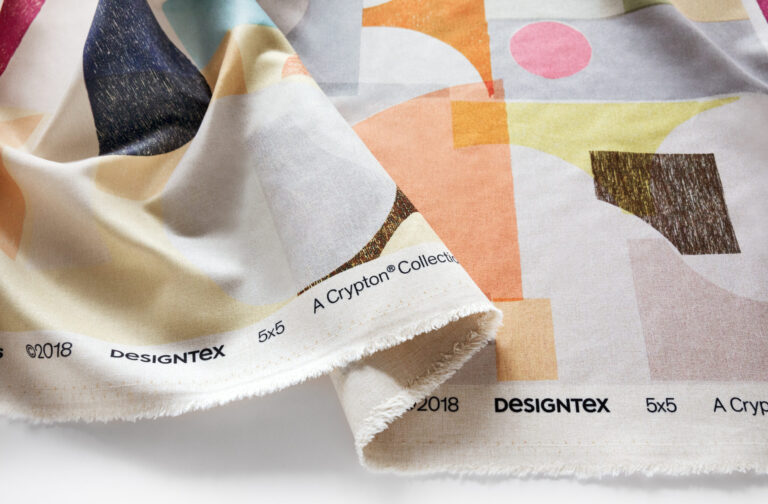Wallace Sewell founders reflect on 30 years in partnership
By Ali Morris
To speak with British designers Harriet Wallace-Jones and Emma Sewell is to witness two friends and creative minds working in perfect synchronisation. Like the yarns of the textiles they design, their words and thoughts seem to effortlessly overlap and weave together to tell their story.
This easy rapport is a result of the thirty years they have spent working alongside each other at their London design studio, Wallace Sewell. The distinctive design style that they have developed and continue to evolve seamlessly blends traditional weaving techniques with contemporary design sensibilities. Bold use of colour and graphic patterns are cornerstones of their work as is their commitment to British manufacturing and their passion for pushing the boundaries of textile artistry.
Emma and Harriet first met as undergraduates at Central Saint Martins before going on to the Royal College of Art where they both graduated in 1990 with an MA in Textile Design. Two years later, they founded their eponymous textile design studio after taking a stand at the Chelsea Crafts Fair where they hoped they might sell some of their scarf designs to the public. To their surprise, the accessories buyer from Barneys New York stopped by the stand and placed an order that was to become the first of many. Since then, their client list has grown to include just under 400 stockists in 22 countries around the world, including prestigious institutions such as London’s Tate Museum and New York’s MoMA.
“Clients come to us because we don’t follow fashion,” says Emma of their intuitive approach. “We always say, there’s no colour you can’t make work. It’s what you put it with it that makes the difference.”
What sets their work apart is their ability to balance familiarity with freshness. Although machine woven on dobby looms at a mill in northern England, their collections have the appearance and appeal of handmade pieces. This, they say, is down to their hands-on training at the RCA, where they learned how to make their designs industrially on a tiny power loom. Sources of inspiration vary depending on the project but often the pair start by looking at artworks, sculptures and paintings, trying to capture elements of their colour proportion in their designs and then applying colour theory.
Over the years, as commissions have steadily increased in size and scope – fabrics for the London Underground and contract textiles for DesignTex are just a few examples – the studio has gradually grown from a tiny team of three managing every aspect of the business to a small team of 20 working across design, distribution and processing. “It’s allowed Emma and I to stand back and think about what areas we want to push and explore and how we want to build the brand,” says Harriet of their expanded team. “We are still involved with the core design work, but also have time to work on other projects. We spend a lot of time just playing around with proportion and colour and having discussions about how it all works and how layouts should be. I think it’s a very healthy way of designing.”
As well as their own textile collections, the team are working on rugs made from recycled plastic yarn for Spanish brand Rols and taking their first foray into colour consultancy, developing colour palettes for other brands. “Clients come to us because we don’t follow fashion,” says Emma of their intuitive approach. “We always say, there’s no colour you can’t make work. It’s what you put it with it that makes the difference.”



